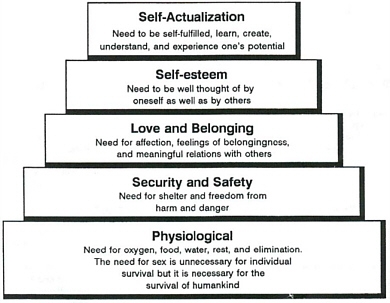- Community
-
Programs
- Schools
-
Careers
- RN Specialties
- Best RN Jobs and Salaries
- Aesthetic Nurse
- Nursing Informatics
- Nurse Case Manager
- NICU Nurse
- Forensic Nurse
- Labor and Delivery Nurse
- Psychiatric Nurse
- Pediatric Nurse
- Travel Nurse
- Telemetry Nurse
- Dermatology Nurse
- Nurse Practitioner
- Best NP Jobs and Salaries
- Family NP (FNP)
- Pediatric NP
- Neonatal NP
- Oncology NP
- Acute Care NP
- Aesthetic NP
- Women's Health NP
- Adult-Gerontology NP
- Orthopedic NP
- Emergency NP
- Psychiatric-Mental Health NP (PMHNP)
- APRN
- Nurse Educator
- Nurse Administrator
- Certified Nurse Midwife (CNM)
- Clinical Nurse Specialist (CNS)
- Certified Registered Nurse Anesthetist (CRNA)
- Resources
- Education


basketball123
1 Post
I'm having trouble deciding how to prioritize my care plan. I have excess fluid volume and risk for falls as my top two nursing diagnoses. I have excess fluid volume r/t peripheral edema and heart disease AEB edema, increased blood pressure and altered mental status. I wasn't really sure if I should use excess fluid volume or decreased cardiac output, because she does have congestive heart failure and cool skin due to poor circulation. I also chose risk for falls, because she is wheel-chair bound, over the age of 65, has altered mental status, and decreased lower extremity strength. Some other problems that she has are she has blistering all over her upper extremities, so I thought infection control might be a priority. I also thought maybe health perception could be a priority, because I interviewed her and she did not seem to think that she had any health issues. She is also very socially isolated and is being treated for depression. She has chronic UTIs and also deals with frequent constipation. She did not have good dentition. Her teeth were very brown and yellow and she had some teeth missing.
I have to list five nursing priorities and the top two had to be linked to a nursing diagnosis. These are the main problems that I found in the patient, but I cannot decide how to prioritize them.
Here is the list that I have so far:
1. Issues with fluid volume- excess fluid volume
2. Mobility issues- risk for falls
3. Infection control
4. Social isolation
5. Health Perception
Please let me know what you think. This is my first care plan, and I want to do well.